Preventive Healthcare
Piles (Haemorrhoids): Symptoms, Causes, Complications And Treatment
3156 Views
0
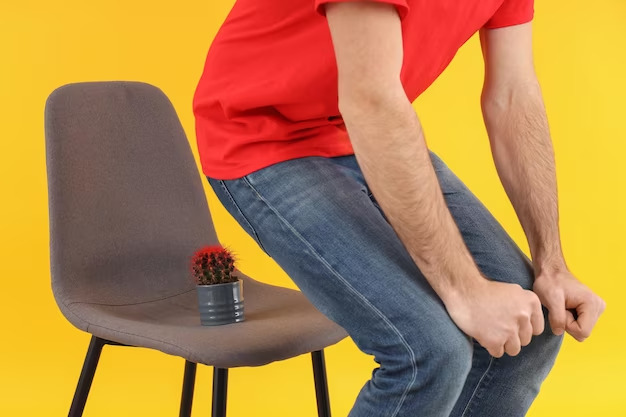
Inflamed veins in the lower rectum region and anus that mimic varicose veins are called haemorrhoids. They are frequently called piles. External haemorrhoids are those that develop beneath the skin near the anus and internal haemorrhoids are those that develop inside the rectum.
Nearly three in every four adults will get haemorrhoids occasionally. There are numerous causes of haemorrhoids, however, the cause is often not known.
Fortunately, there are treatments for haemorrhoids that work. Home remedies and alterations in lifestyle can make a big difference.
Symptoms of Piles
The type of haemorrhoid determines the signs and symptoms of piles.
External Hemorrhoids
These are found beneath the skin near your anus. The symptoms include,
- Itching or inflammation in the anal area.
- Discomfort or pain.
- Swollen anus.
- Bleeding.
Internal Hemorrhoids
Internal haemorrhoids are present within the rectum. They may rarely cause pain and are frequently difficult to observe or feel. However, too much straining or discomfort while urinating can lead to -
- Painless bleeding while pooping.
- Small quantities of red, bright blood are found in the faeces.
- A prolapsed or projecting haemorrhoid that irritates and hurts when it pushes through the anal aperture.
Haemorrhoids With Thrombosis
The external haemorrhoid that has amassed blood and developed a clot (thrombus) may cause
- Extreme pain.
- Swelling or Inflammation.
- A tough bulge next to your anus.
Causes And Risk Factors of Piles
The veins in your anus may enlarge or expand as a result of the pressure. Haemorrhoids can build up as a result of severe pressure in the area of the lower rectum if you are -
- Straining while trying to empty your bowels
- Spending long hours in the restroom.
- Experiencing continuous constipation or diarrhoea.
- Gaining excess weight.
- Having anal sex while pregnant.
- Eating a diet low in fibre.
- Consistently heavy lifting.
With age, haemorrhoids are much more likely to develop. This happens as the tissues around the rectum and anus veins could go weak and stretch. This can also happen because of pregnancy since the weight of the baby bears down on the anal area.
Complications of Piles
Haemorrhoids can cause a few unusual complications like -
- Anaemia: Rarely, haemorrhoids can lead to anaemia, which is a condition in which your body lacks sufficient healthy RBCs (red blood cells) to transport oxygen to the cells.
- Haemorrhoid that is strangulated: Internal haemorrhoid may become "strangulated," which can be extremely painful if its blood supply is cut off.
- Clotting of blood: A clot may occasionally develop in the thrombosed haemorrhoid. Although it is not harmful, it can be very uncomfortable and needs to be shown to a doctor.
Preventive Measures For Piles
Keep your faeces soft so they easily pass since this will help you avoid haemorrhoids the best. Follow these recommendations to stop haemorrhoids and lessen their symptoms -
- Consume fibre-rich foods: Consume more green vegetables, whole grains and fruits. This will cause the stool to soften, avoiding straining that could lead to haemorrhoids. Gradually add extra fibre to the diet to prevent gas problems.
- Drink lots of water: Drink at least six glasses of water every day in conjunction with other beverages to maintain soft stools. Do not consume alcohol.
- Add fibre-rich food to your diet: The recommended daily intake of 20 to 30 gm of fibre is not met by the majority of people. Studies show that fibre supplements such as methylcellulose (Citrucel) and psyllium (Metamucil) help lessen general pain and haemorrhage in the haemorrhoid.
- Avoid tension: Tension in the lower rectum veins increases when you stifle your breathing and strain to pass a stool.
- Do not resist the urge: As soon as you have the urge, go to the restroom. Your stool may get difficult to pass if you resist the urge to go when it arises and then do so.
- Exercise: Staying active can help avoid constipation and ease the pressure that prolonged sitting or standing can put on veins. Exercise can assist you in losing the extra weight that may be a factor in your haemorrhoids.
- Try to limit your sitting time: Sitting for long, especially while using the restroom, puts more strain on the veins in the anus and thus should be avoided.
Diagnosis of Piles
Your doctor may often diagnose piles after checking you physically. The doctor's inquiries may focus on the following -
- Do any relatives suffer from piles?
- Does your stool contain blood or mucus?
- Have you noticed any recent weight loss?
- Are there changes in your bowel movements?
- What colour is the stool?
To diagnose piles, the doctor may also use a proctoscope or a DRE (digital rectal examination), a tube with a lamp inside of it is a proctoscope. It allows the doctor to see the canal of the anal closely. A small tissue sample is extracted from inside the rectum for testing.
Treatment For Piles
Usually, piles go away on their own without having to undergo any treatment. However, there are options available to alleviate the pain.
Lifestyle Changes
To control and treat piles, a doctor will first suggest that you make changes to your lifestyle. Additionally, a doctor might advise someone with piles to consume extra water. To avoid piles, doctors also advise exercising and not straining when urinating.
Medications
For someone suffering from piles, several medications can help manage symptoms -
- Painkillers like aspirin and ibuprofen can reduce discomfort.
- Stool softeners and laxatives can also be consumed to help with bowel movement.
- Ointments like corticosteroids can reduce discomfort, itching and inflammation.
Surgical Options
Surgery is another option if an individual has internal bleeding owing to piles or severely prolapsed piles. Options include:
- Banding: The doctor puts an elastic band around the base of the pile to stop the blood supply to the pile.
- Sclerotherapy: A medication is injected into the haemorrhoid so it contracts and finally shrivels up.
- Infrared coagulation technique: A surgeon can also burn the haemorrhoid tissue using an infrared light source.
- Hemorrhoidectomy: In this operation, the doctor will remove all hemorrhagic tissue.
Conclusion
Consult your doctor if you experience blood when you urinate or if your haemorrhoids or piles do not disappear after one week of preventive treatment.
 Home Visit
Home Visit Upload
Upload









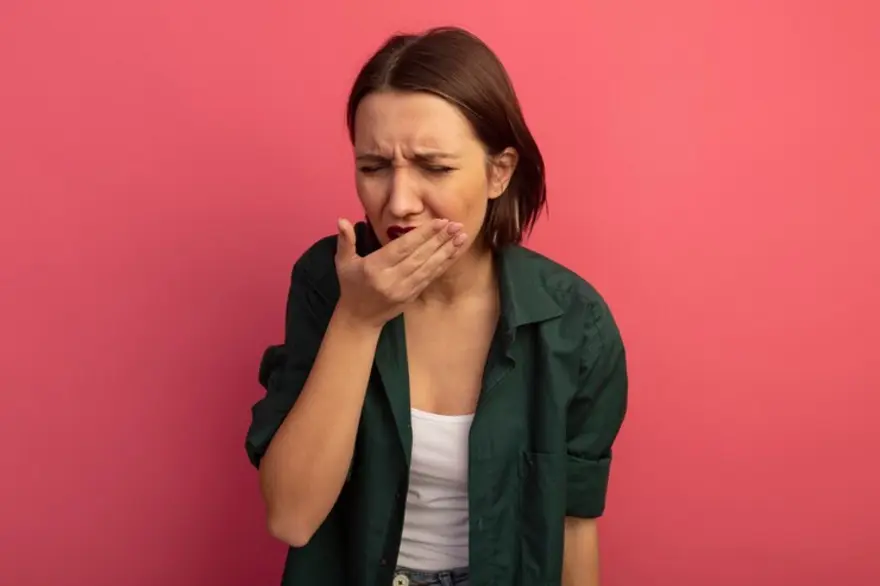

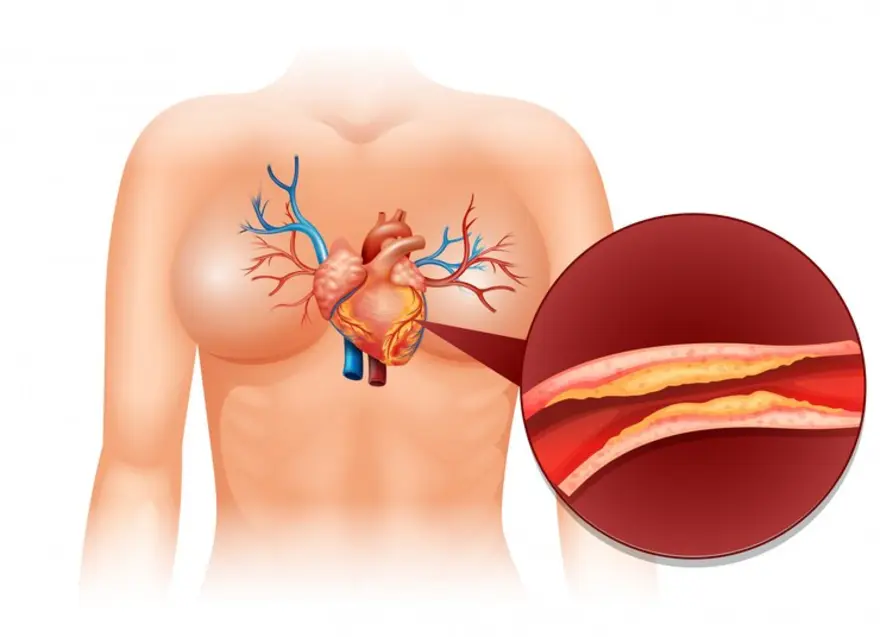
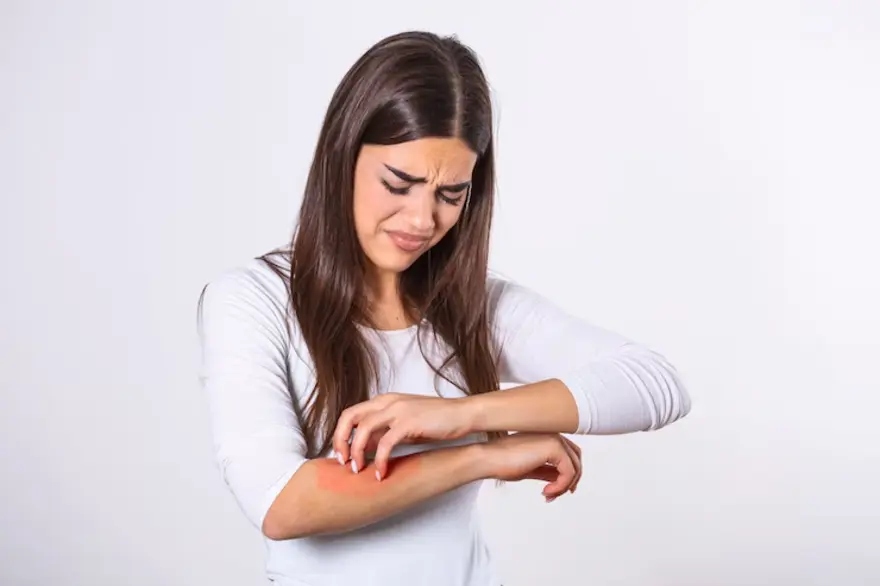
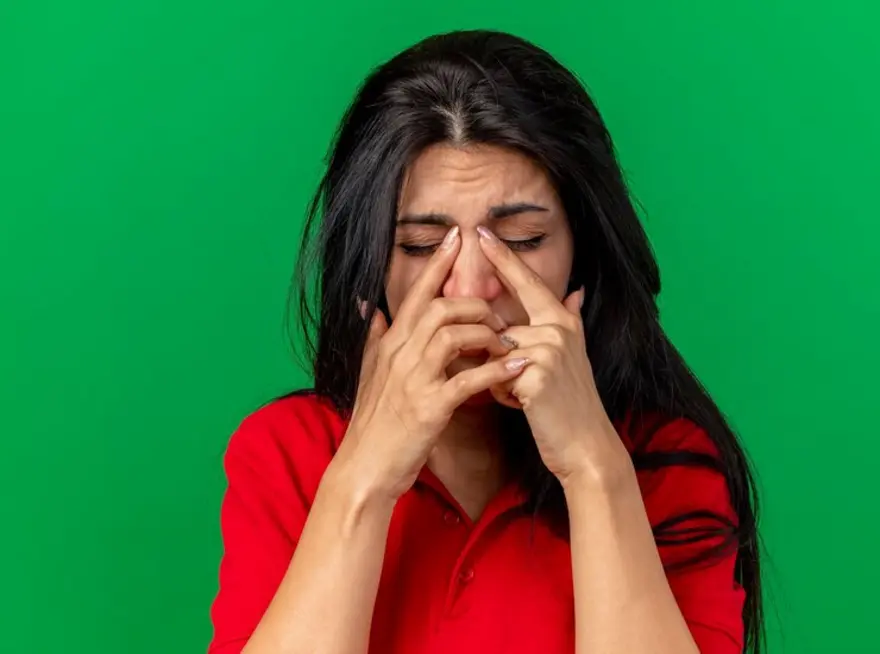
1701259759.webp)









 WhatsApp
WhatsApp